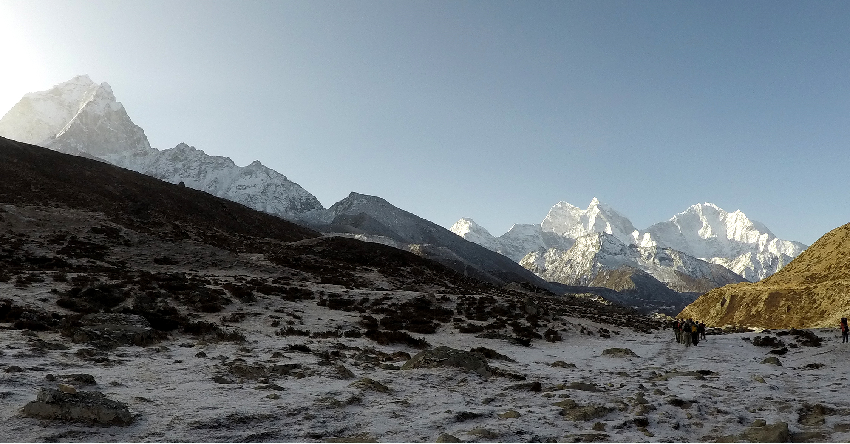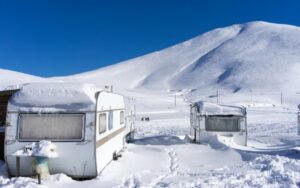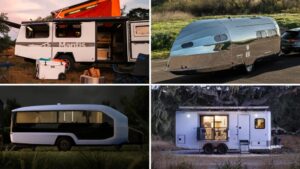Essential tips for trekking to Everest base camp
There are many who dream of seeing Everest in the first person, walking through the highest mountain range on Earth, and being surprised by the unique landscapes in Nepal. If you want to live these experiences, the trek to the Everest base camp is the hiking route that you should do.
For more than ten days you can feel like Indiana Jones arriving at unexpected places in the world. Still, preparing for a trip like this isn’t easy. At IATI Seguros we want to give you the best tips for trekking to Everest Base Camp.
Travel Insurance To Trek To Everest Base Camp

If you are thinking of doing this trek through the Himalayas, it goes without saying that you should take out trekking and travel insurance that covers adventure activities, as warned by the Ministry of Foreign Affairs itself.
During this route through high altitudes, there are many possibilities that we have to suffer an accident or have symptoms of altitude sickness. In the case of a trek through the Himalayas, travel insurance is not optional but mandatory. When you process the permits to carry out this route, they will ask you for your policy number.
The Nepal travel insurance you take out should cover high-altitude adventure activities and helicopter rescue. The IATI Backpacker insurance is your best option in this case, as it covers you even beyond the Base Camp and has an ample items destined exclusively for rescue.
Prepare The Necessary Documentation To Travel To Nepal
To enter Nepal you must process a visa according to the duration of your trip. You can obtain the visa from your country through the Embassy of Nepal or at the Kathmandu airport itself. If you decide to process the visa at the airport, it must be paid in dollars. Luckily there is a currency exchange booth right there.
To trek to the Everest base camp, it is necessary to process the trekker’s permit ( TIMS ) and the entrance to the Sagarmatha National Park. Both permits can be obtained from the Nepal Tourism Office in central Kathmandu. You can also obtain these documents on the route itself, but the price is higher in the case of TIMS.
Finally, to carry out this trek you must buy plane tickets to Lukla, where the route begins. Airline ticket prices are fixed and can be purchased through the Tara Air website.
Choose The Right Clothes For The Everest Base Camp Trek
During the trek to the Everest base camp, we will walk through rocky terrain, through glaciers, and, above all, through many climbs.
We recommend that the clothing be made of synthetic fabric, as it breathes better and dries faster. You can also wear woolen clothing since it will provide more heat, as well as thermal clothing. You should always avoid wearing cotton clothing. Remember to wear at least three layers of clothing to keep you warm more or less depending on the temperature at the time.
As for footwear, it is very important that you do not wear your pair of trekking shoes for the first time. To avoid possible injuries, do some routes with your hiking boots before doing this route through the Himalayas. The boots must be comfortable, with ankle support and thermal up to a temperature of 0ºC to -º10ºC.
It is recommended that the weight of the backpack never exceed 12 kilos since you will have to carry the weight throughout all the days of trekking.
Plan Your Route To Everest Base Camp
The route to trek to the Everest base camp is quite well indicated. Although the route is unique, there are many towns along with it. It is important that before starting the trek you organize how many kilometers you will cover per day taking into account the difference in altitude and the place to sleep.
It is recommended to do two or three days of acclimatization throughout the trek so that the body gets used to the lack of oxygen. The most common villages for such breaks are Namche Bazaar (3,440m), Tengboche (3,860m), and Dingboche (4,410m).
Calculate Your Budget To Get To The Base Camp
The routes in Nepal, as is the case of the trek to the Everest base camp, usually pass through towns with few services. In the case of ATMs, you will only find them in Lukla and Namche Bazaar. For this reason, we advise you to make an estimate of the money you are going to spend each day. Once you know the amount, get all the necessary money in the capital itself, Kathmandu, or in the first two towns. During the rest of the trek, it will be impossible for you to withdraw money.
There are some places, very few, which allow payment by credit card with a 5%-10% commission. The cost of doing the trekking is usually between €10-25 per day per person between accommodation, food, and some extra expenses.
Prevent Altitude Sickness
When we go hiking at high altitudes we face the symptoms of altitude sickness. When the body is low on oxygen, we can experience headaches, loss of appetite, vomiting, and fatigue. We must be aware of these changes in our bodies to stop along the way and even ask for medical assistance.
To prevent altitude sickness it is important to drink at least 4 liters of water a day, eat carbohydrates and move slowly on the route. The town of Periche is the only hospital that specialized in altitude sickness.
You may also be interested in The best travel guide for a trip to Vietnam




